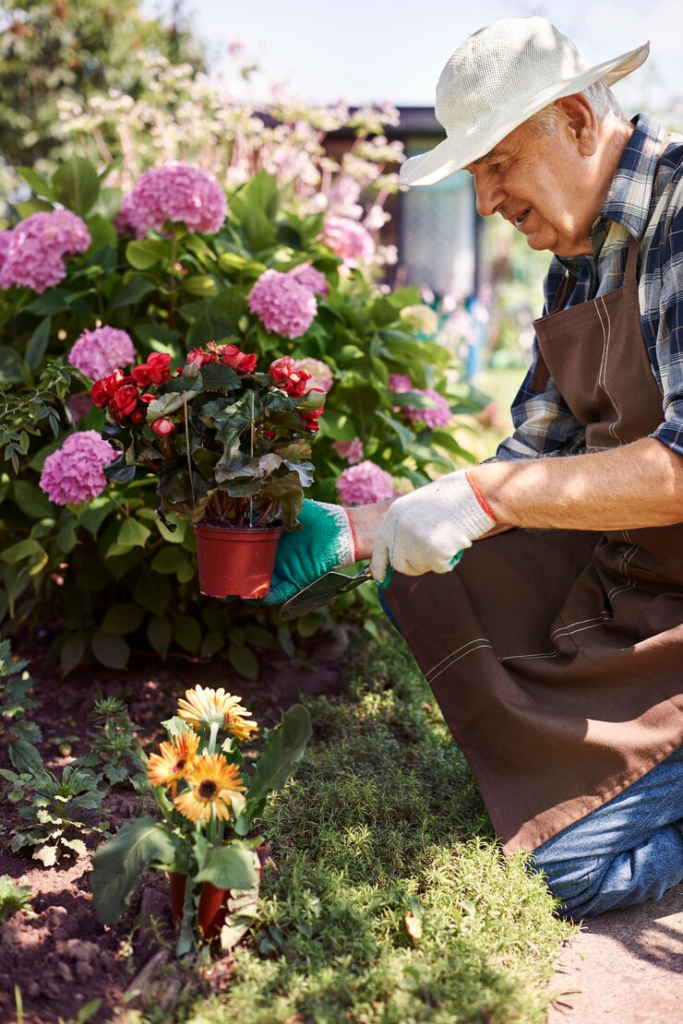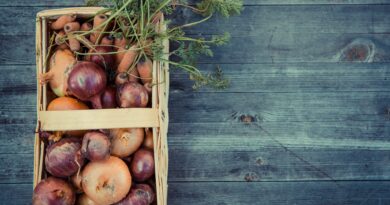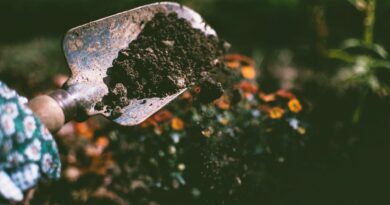A Guide to August Allotment Tasks
August is a crucial month for allotment holders. The warm weather and longer days provide the perfect conditions for both harvesting and preparing for the coming months. This guide will help you navigate through the essential tasks to keep your allotment thriving. From harvesting summer crops to preparing for autumn planting, here’s everything you need to know about managing your allotment in August.
Whether you are a seasoned allotment owner or new to the joys of growing your own produce, August presents a mix of bountiful harvests and essential maintenance tasks. The high summer season is in full swing, and your allotment should be brimming with life. However, it’s also a time to look ahead and start preparing for the cooler months. By following this guide, you can ensure that your allotment remains productive and healthy, maximising your yield and setting the stage for future growth.

Harvesting Summer Crops
August is a peak month for harvesting a variety of summer crops. Ensure you regularly pick your produce to encourage continued growth and prevent wastage.
- Tomatoes: Regularly harvest ripe tomatoes to encourage more fruiting. Remove any yellowing leaves to improve air circulation and reduce disease risk. If you have a surplus, consider making sauces, chutneys, or freezing them for later use.
- Courgettes and Cucumbers: Pick courgettes while they are small and tender. Cucumbers should be harvested before they turn yellow and become bitter. Large courgettes can be used for baking or stuffed recipes.
- Beans and Peas: Harvest beans and peas frequently to keep the plants productive. Aim for young, tender pods. Older beans can be left to mature and harvested as dry beans for winter storage.
- Soft Fruits: Blackberries, raspberries, and blueberries are usually ready for picking. Keep an eye on ripeness and pick regularly to avoid overripe fruits that attract pests. Use surplus fruits to make jams, jellies, or freeze them for later use.
- Sweetcorn: Check for ripeness by pressing a fingernail into a kernel. If the liquid is milky, it’s ready to harvest. Sweetcorn is best enjoyed fresh, but it can also be blanched and frozen.
- Salad Crops: Lettuce, radishes, and spring onions can be harvested continuously. Successional sowing will ensure a steady supply throughout the summer.
2. Watering and Feeding
Watering is crucial in August as the temperatures can be high and rainfall may be sporadic.
- Deep Watering: Water deeply and less frequently to encourage deep root growth. Early morning or late evening are the best times to water to minimise evaporation. Use a soaker hose or drip irrigation system to deliver water directly to the roots.
- Mulching: Apply mulch around plants to retain moisture and suppress weeds. Organic mulches such as straw, grass clippings, or compost are ideal as they also improve soil structure as they decompose.
- Feeding: Continue feeding fruiting plants such as tomatoes, peppers, and cucumbers with a high-potash feed. Other vegetables may benefit from a balanced fertiliser. Liquid seaweed feed is a good all-round option that also provides trace elements.
- Rainwater Harvesting: Make use of rainwater by installing water butts. Rainwater is softer and often better for plants than tap water. Ensure water butts are covered to prevent algae growth and mosquito breeding.

Managing Pests and Diseases
August can see a surge in pest activity and diseases due to the warm, humid conditions.
- Aphids: Keep an eye out for aphids on soft growth. Use organic insecticidal soap or introduce natural predators like ladybirds. Companion planting with marigolds can also deter aphids.
- Blight: Watch for signs of blight on potatoes and tomatoes. Remove and destroy affected foliage immediately. Avoid overhead watering and ensure good air circulation around plants.
- Cabbage White Butterflies: Protect brassicas with netting to prevent these pests from laying eggs on your plants. Inspect regularly for caterpillars and remove them by hand.
- Slug and Snail Control: Slugs and snails can be a major problem in damp conditions. Use organic slug pellets, create barriers with crushed eggshells, or set up beer traps.
- Powdery Mildew: This fungal disease can affect a variety of plants. Improve air circulation, avoid overhead watering, and remove affected leaves. A homemade spray of milk and water (1:9 ratio) can help control mildew.
- Bird Protection: Use netting to protect soft fruits from birds. Ensure the netting is securely fastened to prevent birds from getting trapped.
Sowing and Planting for Autumn and Winter
August is an excellent time to start thinking ahead and sowing seeds for autumn and winter crops.
- Leafy Greens: Sow spinach, kale, and winter lettuce for a continuous supply through autumn. These crops are hardy and can often withstand light frosts.
- Root Vegetables: Carrots, turnips, and beetroot can be sown for autumn harvests. Choose fast-maturing varieties and keep the soil consistently moist.
- Spring Cabbage: Sow seeds now for transplanting in September, ensuring a good spring harvest next year. Spring cabbage benefits from protection with cloches during the winter.
- Oriental Greens: Pak choi, mizuna, and mustard greens are quick-growing and ideal for late summer sowing. These crops thrive in cooler temperatures and can be harvested into late autumn.
- Herbs: Sow hardy herbs like parsley, chives, and coriander. These can be grown in pots and brought indoors as the weather cools.
- Cover Crops: Plant green manures such as clover, vetch, or mustard. These crops improve soil structure, add nutrients, and suppress weeds.

General Maintenance
Maintaining your allotment’s general health is essential for continued productivity.
Tool Care: Clean and sharpen tools regularly. Well-maintained tools make gardening tasks easier and more efficient.
Weeding: Keep on top of weeding to reduce competition for nutrients and water. Hand-weed around delicate plants and use a hoe for larger areas.
Composting: Add garden waste and kitchen scraps to your compost heap. Turn it regularly to speed up decomposition. Avoid adding diseased plant material to prevent spreading infections.
Support Structures: Check and maintain support structures for climbing plants. Replace any damaged stakes or trellises. Secure any loose ties and ensure plants are well-supported.
Path Maintenance: Keep paths clear of weeds and debris. Mulch paths with bark or gravel to reduce maintenance and improve accessibility.
Planning for Next Year
August is also a good time to reflect on what worked well this season and plan for the next.
- Crop Rotation: Plan your crop rotation to prevent soil depletion and reduce pest and disease buildup. Avoid planting the same family of crops in the same spot for at least three years.
- Seed Saving: Collect seeds from your best plants for sowing next year. Allow seeds to dry thoroughly before storing them in a cool, dry place.
- Diary Keeping: Keep a gardening diary to track what you planted, when you harvested, and any issues you faced. This will help improve your planning for the next season. Note down weather patterns, pest outbreaks, and successful plant combinations.
- Ordering Seeds: Begin browsing seed catalogues and planning your seed orders. Look for new varieties to try and make a list of your must-have crops.
- Garden Layout: Sketch out a rough plan for next year’s planting layout. Consider companion planting and spacing requirements to maximise productivity.

Managing an allotment in August involves a balance of harvesting, maintenance, and preparation for future planting. By staying on top of these tasks, you can ensure a bountiful harvest now and a productive plot for months to come.
The key to a successful allotment lies in diligent care and forward planning. With the right approach, your August efforts will pay off not just in immediate harvests but also in the health and productivity of your plot in the future. Embrace the abundance of summer, tackle the challenges head-on, and look forward to the seasons ahead with confidence and excitement.
Remember, gardening is as much about enjoyment as it is about hard work. Take time to appreciate the fruits of your labour and the beauty of your allotment. Whether you’re harvesting a bumper crop, spotting the first signs of autumn growth, or simply enjoying a peaceful moment in nature, your allotment is a testament to your dedication and love for gardening. Happy gardening!




